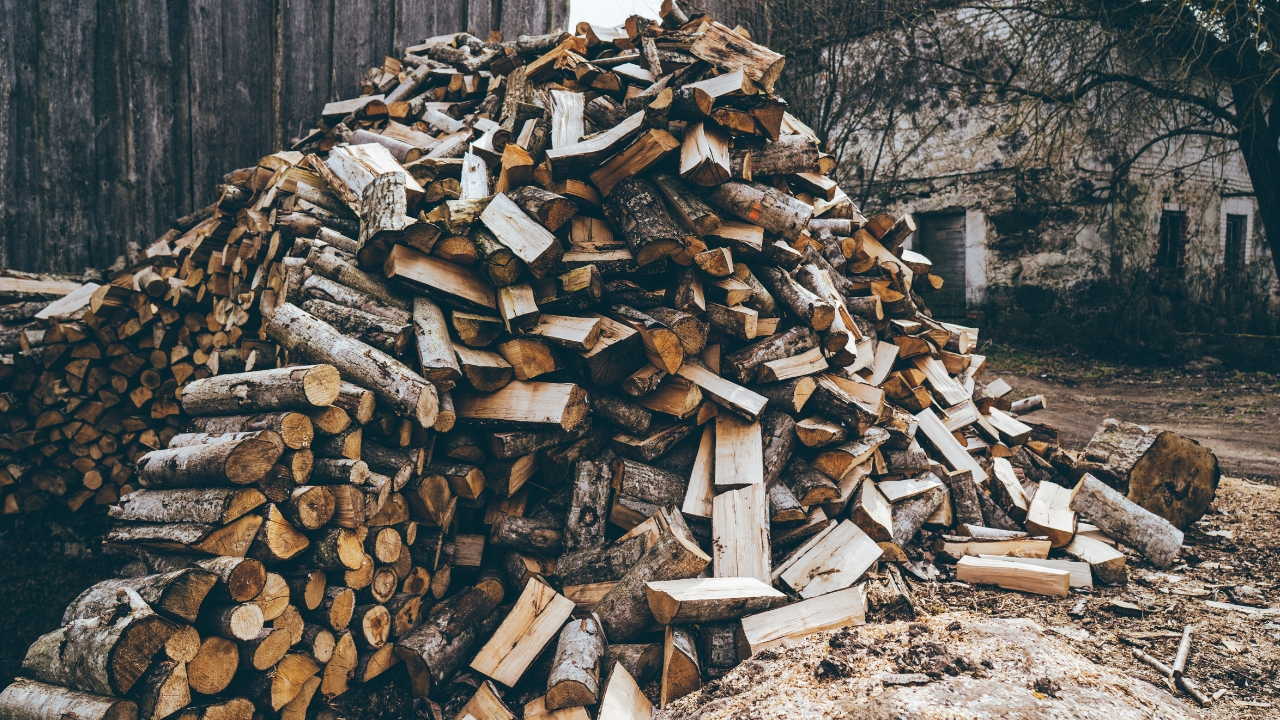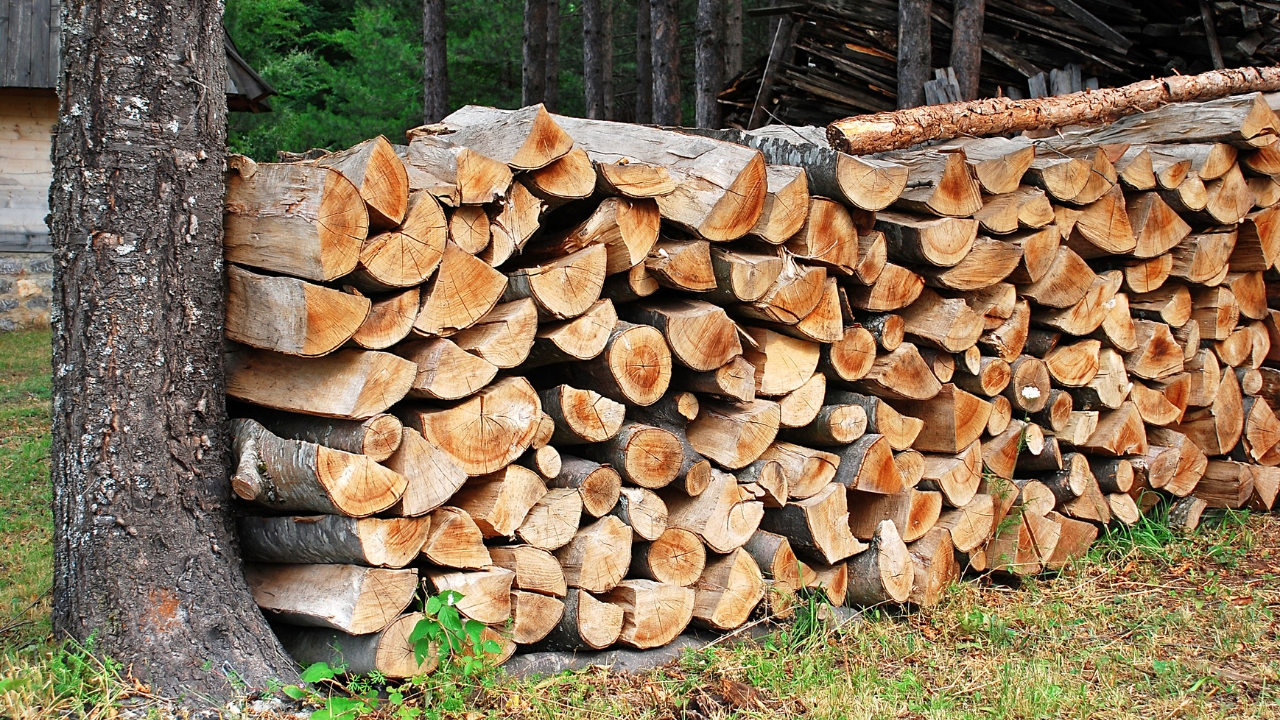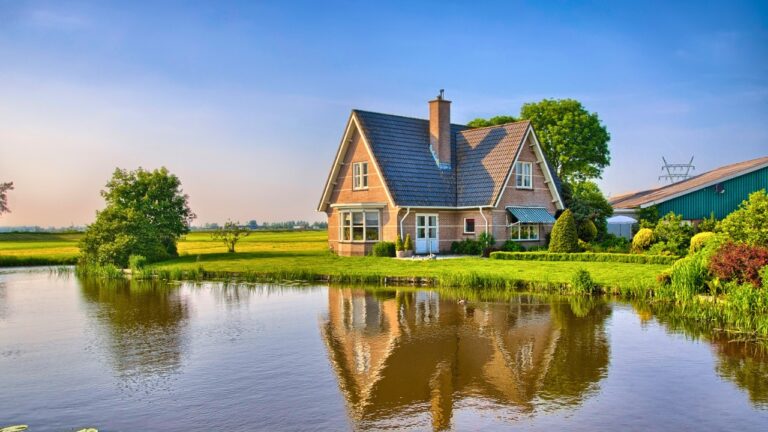10 Storage Habits That Will Ruin Good Firewood Fast
If you’re taking the time to split and stack firewood, you want it to burn hot and clean—not fizzle out or smoke like crazy. But even good wood can go bad fast if it’s stored wrong. Mold, bugs, rot, and moisture can ruin an entire pile before you even realize it.
These habits might seem small, but they’ll wreck your firewood in no time.
Storing It Directly on the Ground

Letting wood sit straight on the dirt traps moisture at the base of the pile and invites termites. It stays soggy, starts to rot, and doesn’t season properly. Always elevate your firewood with pallets, concrete blocks, or a proper rack.
Covering the Whole Pile in a Tarp

A tarp over the entire stack traps humidity, especially on warm days. It ends up creating a mini greenhouse where moisture can’t escape. Only cover the top of the stack, and leave the sides open so the wood can breathe and dry.
Leaving It Uncovered Year-Round

On the flip side, not covering your stack at all invites rain and snow to soak in deep. Even seasoned wood can reabsorb moisture and go back to burning like green logs. Always keep the top protected—especially during rainy seasons.
Piling It in a Tight Shed with No Airflow

Enclosed sheds sound like a good idea, but if there’s no airflow, the wood will stay damp and attract mold. You want ventilation—gaps between boards, a raised floor, and even better if you can open both ends. Otherwise, the wood won’t season properly.
Stacking It Too Tightly

If air can’t move through the pile, the wood won’t dry right. Tightly packed stacks might look tidy, but they prevent the airflow needed to pull moisture out. Leave a little breathing room between pieces and rows.
Keeping It Near the House

It’s tempting to store firewood right by the door, but that’s asking for bugs—especially termites and carpenter ants. Keeping it too close can also bring moisture and pests into your siding or foundation. Keep your main pile at least 10–20 feet away.
Ignoring the Oldest Logs

If you always pull from the top of the stack, the older stuff at the bottom ends up rotting before you use it. Rotate your pile—use the oldest wood first and make sure you’re not letting good logs turn soft.
Tossing Green Wood into the Same Stack

Mixing freshly cut green wood with seasoned firewood is a mistake. The green stuff releases moisture into the pile and can re-wet the cured wood. Keep your green wood in a separate stack until it’s had time to dry out.
Using a Lean-To with a Leaky Roof

If you’re relying on a lean-to that drips rain straight into your pile, you might as well leave it uncovered. Check your roof—if it leaks or doesn’t slope right, water will collect where it shouldn’t. That’ll rot wood from the top down fast.
Letting Weeds and Brush Grow Around It

Tall grass and brush around your woodpile attract moisture and pests. It also makes it harder to check the condition of your firewood—and more likely you’ll forget what’s going bad underneath. Keep it clear, mowed, and easy to access.
*This article was developed with AI-powered tools and has been carefully reviewed by our editors.







